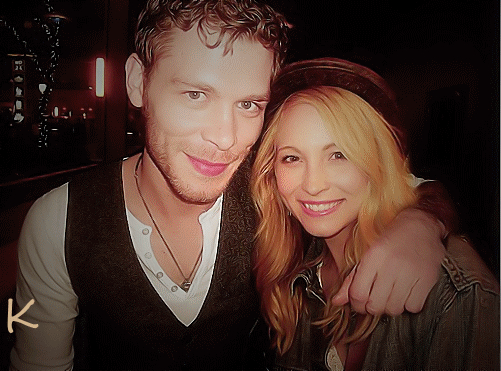| | 
Humans produce about 50 distinct types of smiles but there's one distinction that really matters: between real and fake.
人类大约有50种各自区别的微笑,但只有一种区别是真正重要的:真的和假的。
If we can tell the people who are showing what they're feeling from the people who are faking it, then we've got a really good indicator of who to trust and work with.
如果我们可以辨别那些表达自己真正感觉的人和那些假装的人,那么我们就有了一个很好的指示器,可以知道谁值得信任和合作。
Shown a picture, most of us can spot a fake smile as it tends to involve only the mouth. When people feel the positive emotions welling up, the smile also reaches upwards across the face, towards the eyes.
看到一张照片,大多数人都可以识别出假笑,因为这种笑只在嘴上。而当人们感觉积极的情绪涌起的时候,微笑会一直向上通过脸部到达眼睛。
Look at the picture on the right (above), see the crinkles there around the eyes? That, along with the raising of the cheeks, bulging of the skin below the eye and narrowing of the eyelids means she's feeling it.
看看上面的图片,看到眼睛周围的皱纹了吗?那些沿着提升的脸颊、眼部下方皱起的皮肤,还有变窄的眼睑的皱纹,意味着她正在感觉微笑。
In a picture it's easy to spot but in real time it happens fast, so fast that Lucy Johnston and colleagues wondered if we can really spot the difference (Johnston et al., 2010). Can we tell an enjoyment smile from a non-enjoyment smile, and how do we use this information?
在图片上很容易识别出来,但是在真实世界中它一闪而过,以至于Lucy Johnston和她的同事都怀疑我们是否真正能够察觉到这些不同。我们能够辨别发自内心的微笑和并不愉快的微笑吗?应该怎样运用这些知识呢?
Spotting the fake
识别虚伪的微笑
The news is good for our face reading abilities and bad for those hiding behind fake smiles. Across a series of experiments the researchers found that people:
这个消息对于我们认识面部表情的能力来说是个好消息,但对于那些藏在虚伪的微笑后面的人来说是个坏消息。在一系列的试验中,研究者发现:
"...spontaneously attend to, and differentiate between, enjoyment and non-enjoyment smiles in situations where issues of trust or cooperation were salient and, further, that such sensitivity would guide interactions in a socially adaptive manner."
“当信任和合作显得非常重要的时候,人们不由自主地会注意区分真正的微笑和假装的微笑。进一步地,这种敏感性会引致人们相互作用于社会适应行为之中。”
Despite the speed with which faces move, we can read whether or not smiles reflect real positive emotions. Not only that but our behaviour automatically changes depending on what type of smile we detect. Real enjoyment smiles send signals of trustworthiness and suggest people we can co-operate with.
尽管表情变化的速度很快,我们还是可以读出微笑是否反映了真正积极的情绪。不仅如此,我们的行为也会根据我们识别出的微笑种类而变化。真正愉快的微笑发出值得信任的信号,也暗示人们我们是可以合作的。
Spotting the difference between real and fake can be crucial in everyday life:
识别真正的微笑和虚伪的微笑对于日常生活来说很关键。
"The ability to accurately detect the trustworthiness of others allows the perceiver to identify co-operators and reduces the risk of being exploited."
“准确察觉别人可信度的能力可以让观察者辨别出合作对象,降低被利用的风险。”
Yes, most people produce fake smiles some of the time, usually to be polite. But when it matters and trustworthiness is important, we are remarkably good at automatically detecting real smiles and extending our trust.
是的,大多数人有时候都会假装微笑,通常是为了礼貌。但是当关系到可信度的时候,我们显然自动变得善于识别出真正的笑容,并给与我们的信任。 |